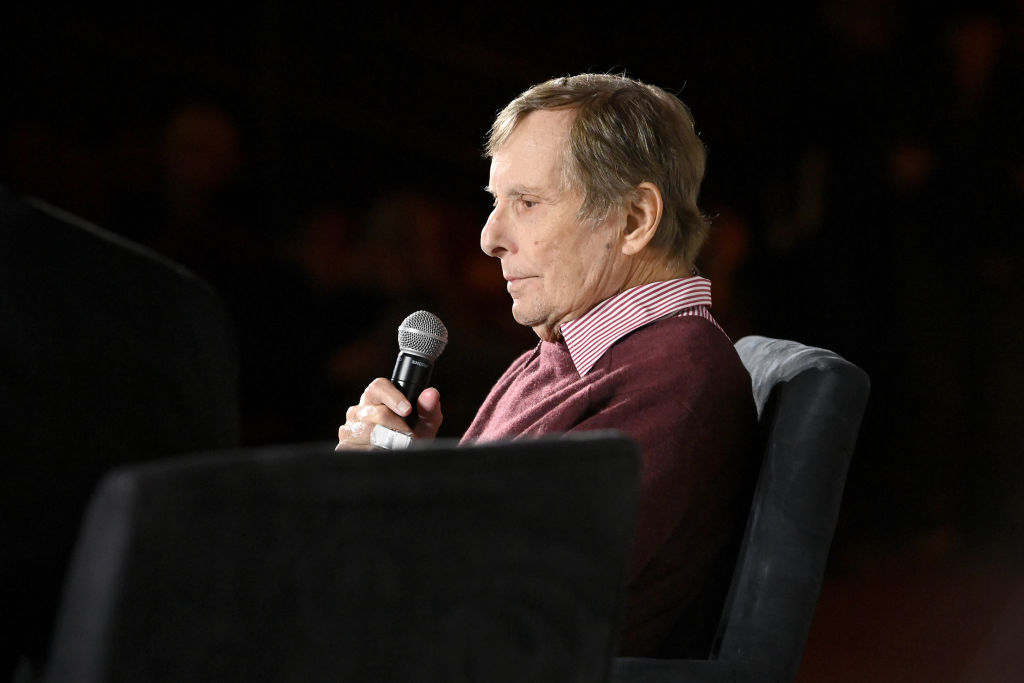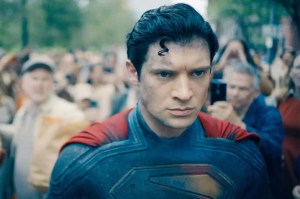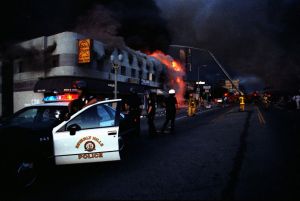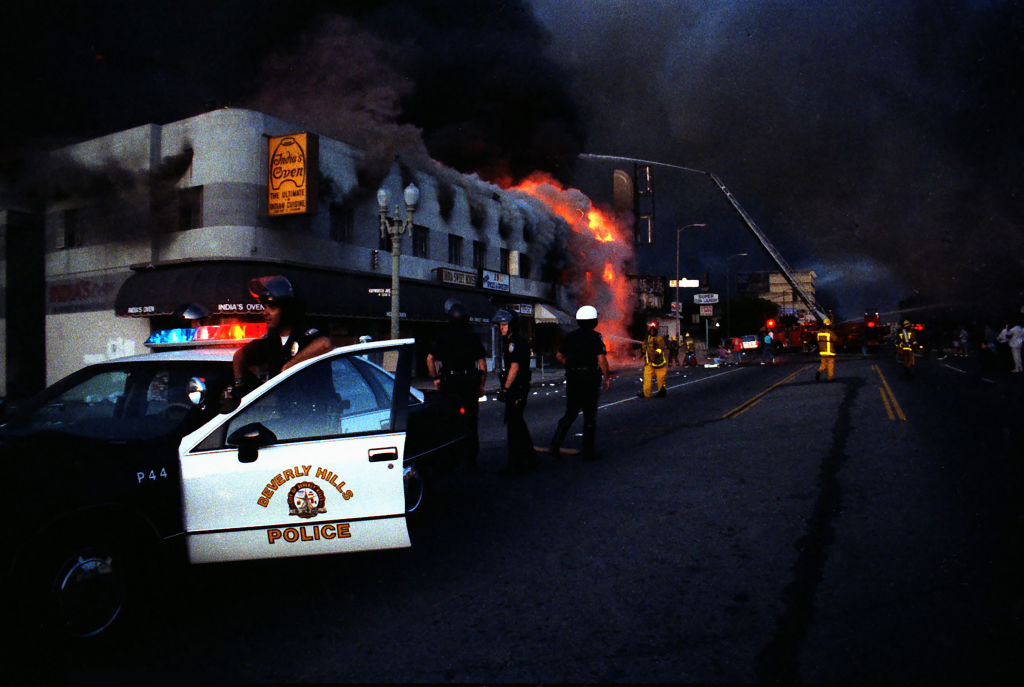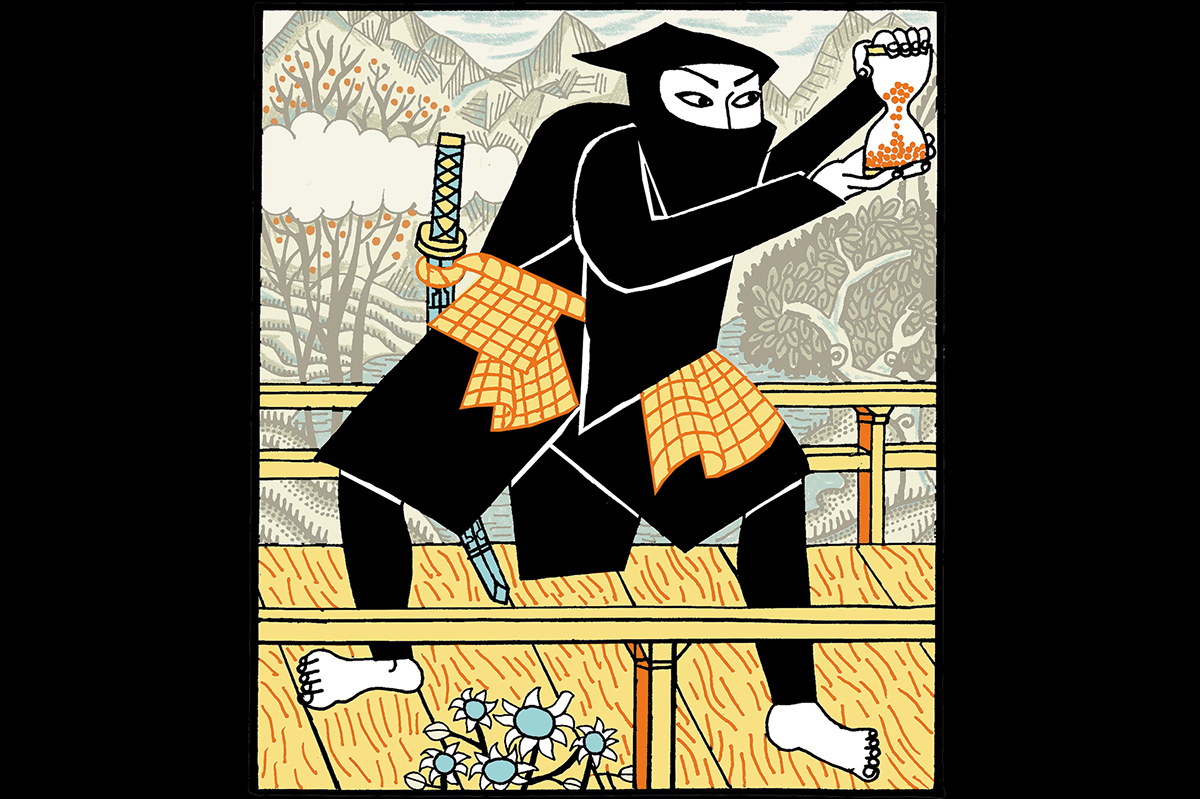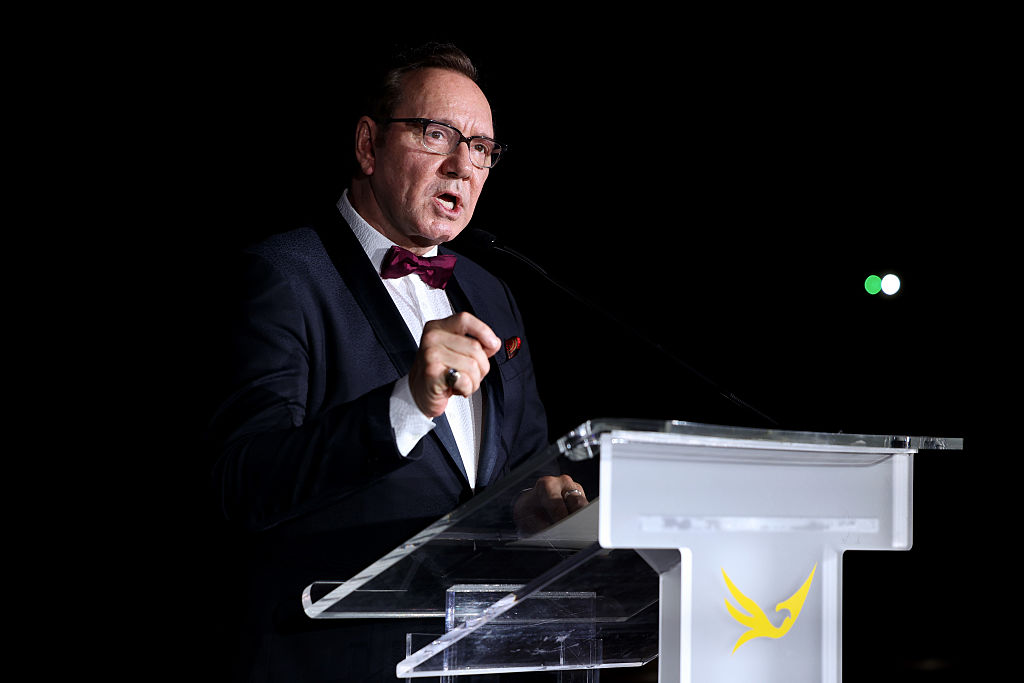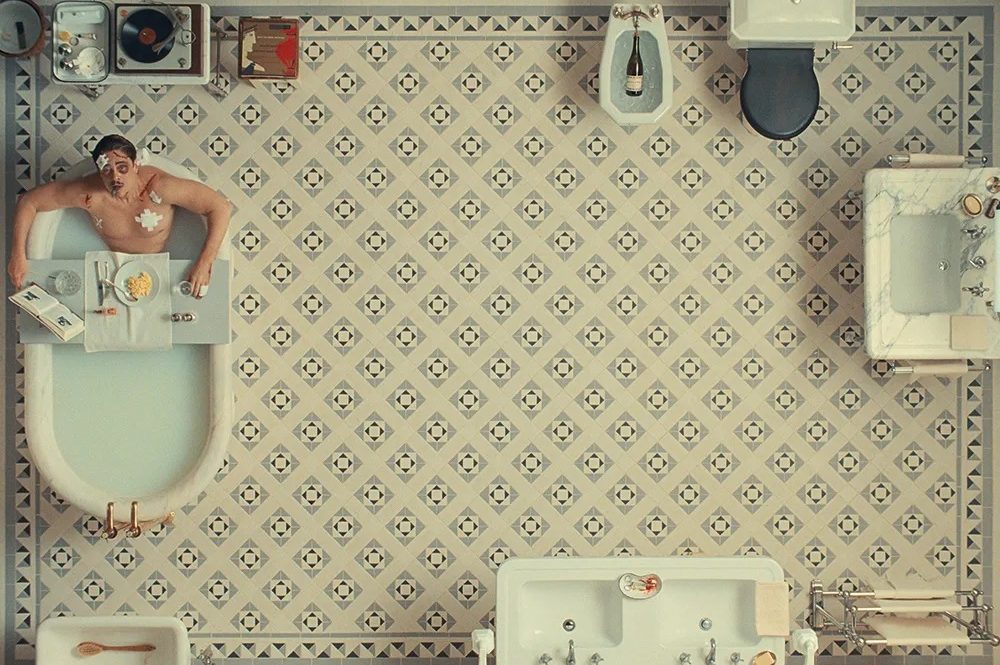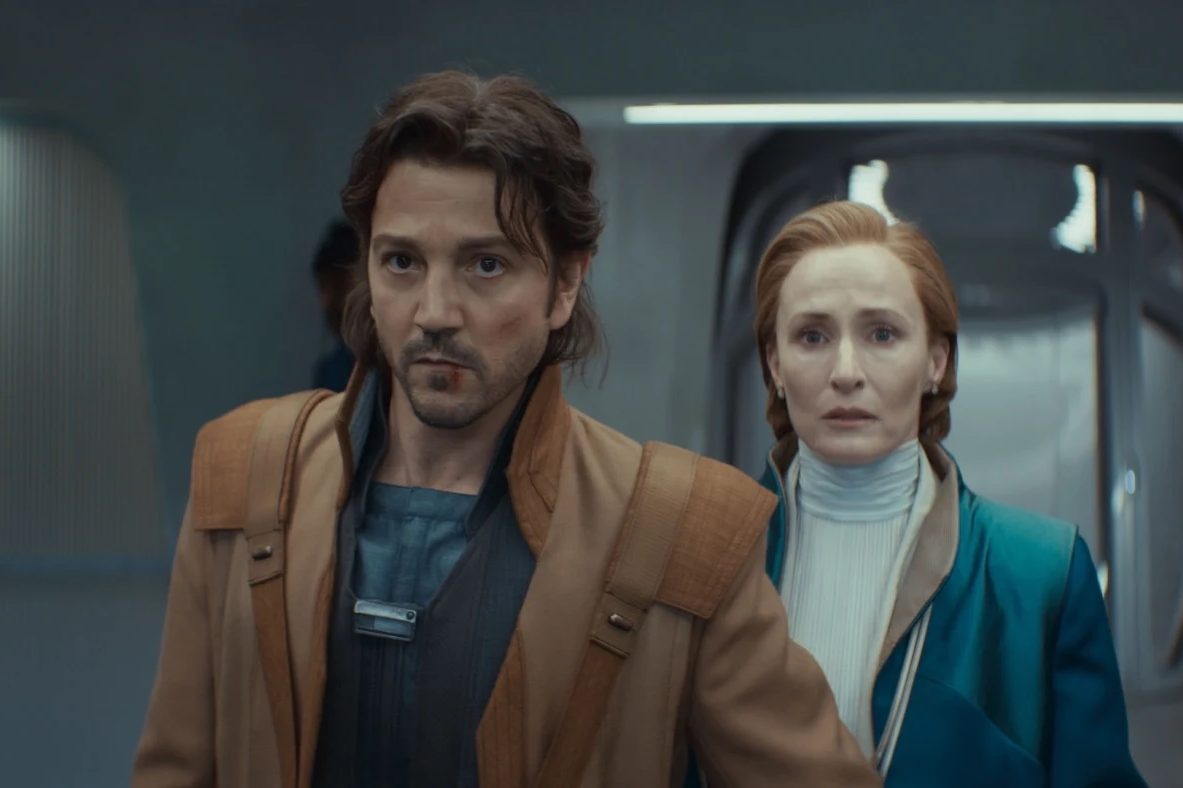Ask your average man on the street — or at least your average clued-up man with a decent knowledge of modern Hollywood — about the films of William Friedkin, who has died aged eighty-seven, and he will confidently sing the praises of Friedkin’s legendary pictures, The French Connection and The Exorcist.
Then if he is pressed on the other eighteen films Friedkin directed, ranging from the excellent and underrated to the dismal, and a look of panic is likely to come over his face before he excuses himself and rushes into a nearby subway (or, if he is in New York, flees to an overground railway in homage to the legendary car chase scene in The French Connection). It is your choice whether you do a Popeye Doyle and head off in frantic pursuit, or leave him be.
Following his death, Friedkin’s peers have come forward to praise him. In a typically erudite post on social media, Godfather director Francis Ford Coppola wrote, “I grieve for the loss of a much-loved companion. His accomplishments in Cinema are extraordinary and unique” — gotta love that capitalized C there. Mission: Impossible filmmaker Christopher McQuarrie, whose action scenes owe a substantial debt to Friedkin, wrote, “Raconteur, hellraiser, gentleman, giant. He smashed the mold while making it, ensuring he would always be imitated and never, ever equaled.”
Fine words after a man’s death are easy. Why didn’t he get this credit when he was alive?
Certainly, Friedkin’s two most famous films cast a long shadow. The French Connection, starring Gene Hackman in what might still be this great actor’s finest performance, is the ultimate gritty New York police procedural, shot as if it was a documentary and all but rubbing the audience’s faces in the dirt. And The Exorcist, which established Friedkin as an A-list director and turned satanic possession into box-office gold, was all the scarier because of the filmmaker’s lack of overt sensationalism, meaning that when the big frights came, they really landed hard. Both were big commercial hits, and had matters then gone slightly differently, there is no reason why Friedkin should not have had a career along the lines of a Scorsese or a Spielberg.
Unfortunately, Friedkin’s next picture, Sorcerer, a remake of the French thriller The Wages of Fear, was a substantial commercial flop, opening a month after Star Wars and being completely ignored in its wake. That the film was substantially underrated and is only now being given its due reappraisal, was little comfort. The director also acquired a reputation for being difficult on set, and without the comfort blanket of profit, Friedkin’s lucrative deal with Universal Studios was canceled immediately. His next movies, the undistinguished crime comedy The Brink’s Job and the dark psychosexual thriller Cruising, certainly displayed his versatility. The latter was decades ahead of its time in its unflinching depiction of BDSM practices in New York gay bars, leading it to become a cult film, but Friedkin’s imperial phase was over.
His 1985 thriller To Live and Die in LA, which featured another magnificent car chase — this time on a freeway, aside, Friedkin’s subsequent filmography consisted either of director-for-hire gigs, such as Rules of Engagement, or bizarre failures, such as the Joe Eszterhas-scripted Jade — a failed attempt to marry the kink of Cruising with the commercial success of Eszterhas’s Basic Instinct. Friedkin found happier territory late in his career with the low-budget adaptations of the Tracy Letts plays Bug and Killer Joe, the latter featuring Matthew McConaughey in a menacing, charismatic role that formed a key part of the so-called “McConaissance.” But Friedkin’s last, as yet unreleased film, a new adaptation of The Caine Mutiny starring Kiefer Sutherland, sounds like the kind of generic picture that any competent director might have produced.
Friedkin may have been a demanding, dictatorial figure, unafraid to make himself unpopular with actors and studios alike, but it is a shame that his undeniable talent — which can be glimpsed throughout the rest of his post-Sorceror career, in bits and pieces — did not find more successful outlets. Yet set against this, he made two of the greatest films ever made, and they continue to thrill and horrify audiences half a century after their release. Their director might have been arrogant, difficult and ultimately unable to make the films he wanted to, but he still left us with a pair of masterpieces, and that is more than many of his peers — including more celebrated filmmakers — ever managed to do.



